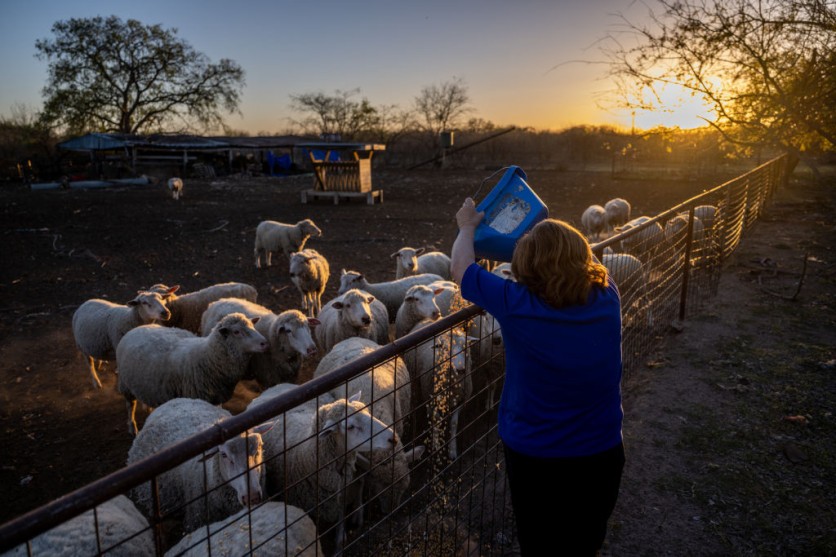Sheep farming has been under scrutiny because of the greenhouse gas emissions of animals. But a team of researchers from New Zealand has reported a successful trial in which they chose and bred the world's first low methane-emitting sheep, as reported by Interesting Engineering.

How It Works
New Zealand experts conducted a ten-year study to breed low methane-producing sheep. It started by proving that some sheep had naturally reduced emissions, and certain characteristic was handed down through generations.
They used various instruments such as portable accumulation chambers (PACs) and respiration chambers. In respiration chambers, the air that enters and leaves the chamber is sampled continuously by automated equipment. The humidity, airflow, and temperature are also regulated.
On the other hand, PACS are the cheaper and more portable option. They are sheep-sized polycarbonate boxes that can be lowered over a sheep in a sheep shed. After holding the sheep inside the PAC for 50 minutes, air samples are gathered and analyzed for methane levels.
The researchers also separated the sheep into two closed flocks of high-emitting and low-emitting animals after measuring methane emissions in an initial herd of 1,000 sheep. The flocks were used to demonstrate the heritability of specific features.
During the first year of the study, the researchers demonstrated methane reduction was one percent, and the sheep produced 11 percent fewer methane emissions per kilogram of feed eaten after three generations.
The researchers then used the flocks to investigate the genetic basis of methane production further. They identified and measured specific traits in each flock, such as body weight, feed intake rate, gut passage time, fecal dry matter content, and digestibility. By comparing these figures between high-emitting and low-emitting animals, they could identify which traits influenced overall methane emissions.
In addition to this research into genetics influencing methane levels from sheep farming practices, the team also investigated other methods for reducing emissions, including dietary manipulation (adding certain additives) or using different breeds that naturally emit less gas due to their anatomy or physiology. The results showed that while some interventions could reduce total emissions by up ten percent, there was no single solution available yet for a sustainable reduction in greenhouse gases from livestock farms globally.
While much work is still needed before sustainable reductions in greenhouse gases from livestock farms are achieved worldwide, this research has provided valuable insight into how genetics influences methane production by providing evidence linking specific traits with higher/lower emission rates among animals within flocks. Furthermore, it suggests promising methods to lead us towards more environmentally friendly farming practices over time.

ⓒ 2025 TECHTIMES.com All rights reserved. Do not reproduce without permission.




